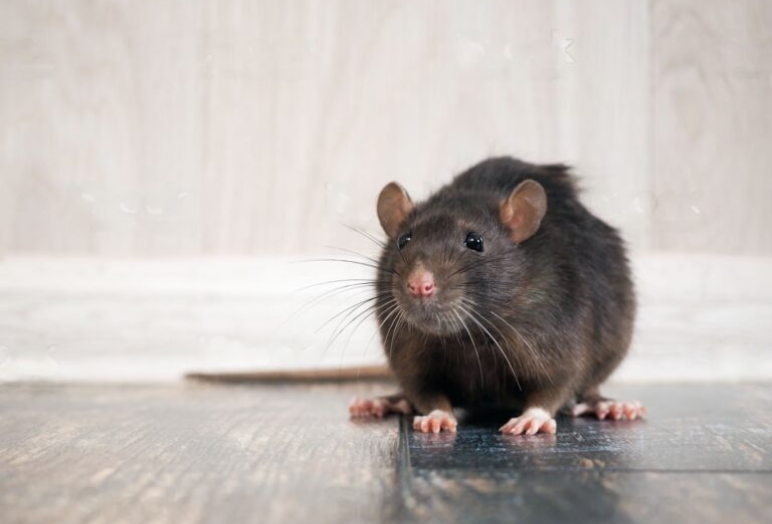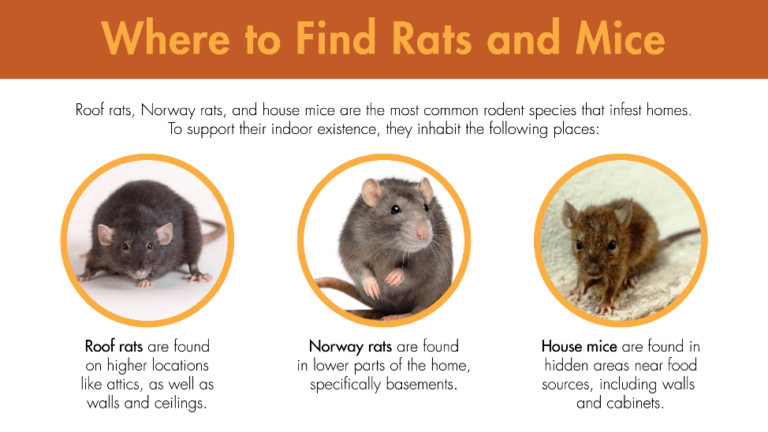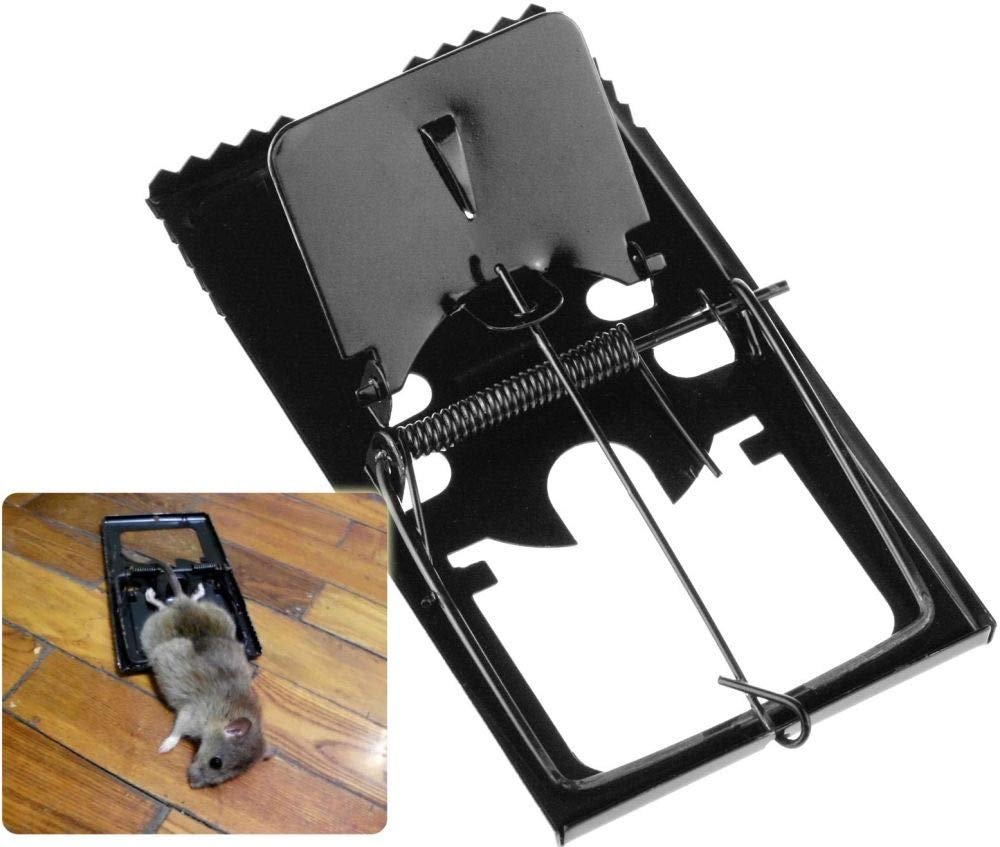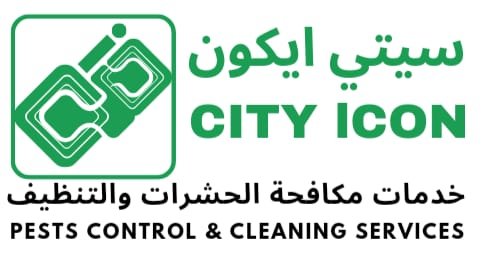
Rodent & Mice Control
Rats and mice often enter Premises, schools, Sewage system and warehouses in search of food and shelter. The most common rodent pests are the commensally rats and mice. These are old world rodents that have adapted to live with humans. They include the roof rat, Norway rat, and Earth. Rats and mice consume or contaminate large quantities of food and darnage structures, house mouse These commensally rodents have been carried by humans to every corner of the stored clothing, and documents. They also serve as reservoirs or vectors of numerous diseases, Such as rat bite fever, leptospirosis (Weil’s disease), murine typhus, rickettsial pox, plaque, tnichinasiS, typhoid, dysentery, salmonellosis, hymenolepis, choriomeningitis.
In most cases of rodent infestation, the pest animals can be managed without having to resort to the use of poisons. Practicing good sanitation and exclusion will prevent most problems. If rodents do find their way indoors, small populations can be easily eliminated with various nontoxic methods. Rodenticides (rodent baits) need only be used in cases of large or inaccessible infestations. Trapping rodent pests is often preferable to using baits. Traps prevent rodents from dying in inaccessible places and causing odor problems. Traps also can be used in situations where baits are not allowed.
Rodent Ecology
The house mouse is the most common commensally rodent invading schools. It is primarily nocturnal and secretive. The presence of mice is usually indicated by sightings, damage caused by gnawing into food containers, or presence of droppings. In the wild, house mice feed primarily on seeds. In door, they prefer grain products, bird seed, Papers, and dry pet food. They tend to nibble on many small meals each night. House mice are inquisitive and actively explore anything new.
They also are good climbers. However, they have a small home range and usually stay within 10 to 30 feet of their nest. Nests usually are built in structural voids, undisturbed stored products or debris, or in outdoor burrows. Mice and rats are very nervous about moving in the open. The more cover they have, the more comfortable they are. They would rather run behind an object or along the baseboard of a wall than across an open space.
The Roof rat or Black rat is more commonly encountered in residential and commercial buildings in the south, but is sometimes found in Contract Service areas. These rats are excellent climbers and often nest in attics, wall voids, and hollow trees. They prefer to travel off the ground and enter houses from nearby trees or along power lines. Roof rats prefer fruit, but will eat any type of human, pet, or livestock food. Rats usually fear new items in their environment and avoid them for several days.
Rats occupying buildings and sewers in Contract Service areas are generally Norway rats. These rats are strong burrowers, but can also climb well. They are excellent swimmers and can swim under water for up to 30 seconds. They can enter buildings by coming up toilet pipes. These rats usually dig burrows along building preference for meat and fish, but will do well on any type of human or pet food.

Areas where found & local habitats
- Hotel, Restaurants, Labour camps, Houses, …..etc.
- Sewage System.
- Agricultural and Animal Farm/Markets.
- Vegetables, Fish and Meat Markets.
- Slaughter House.
- Garbage Bins.
- Store House.
IPM ( Integrated Pest Management) Rats & Mice Control Plan
- Survey and Inspection.
- Identification of infestation and rodent species.
- ldentification infestation level.
- Rodent proofing Measures.
- Reduction of food sources.
- Waste Management Operation.
- Rodent control Operation.

Non chemicals control (Trapping).
Trapping (Non Chemical Control).
There are four main types of rodent traps: snap traps, multi catch traps, single-catch live traps, and glue boards. (Some people consider live trapping the least humane method of killing rodents, claiming psychological stress on the animal. The most humane method of killing them would be rodenticides, followed by snap traps, glue boards, and live traps.
Snap traps include both the classic rodent traps with the wood base and the newer metal clothespin n traps. They are designed to kill the trapped animal quickly and humanely. Snap traps should not be set where children or pets will come in contact with them. They have three different types of triggers: wood/pre baited metal for holding bait, and expanded trigger, which is used in runways. The expanded trigger is the most versatile, since it also can be baited. Older snap traps with other types of triggers can be modified to produce an expanded trigger.
Multi catch traps are designed to repeatedly catch mice and reset themselves for another capture. These traps have the ability to capture several mice with one setting, and the scent from the captured mice entices others to the trap However. these traps are expensive.
Single-catch live traps are rodent-sized cage traps of various styles. These traps capture the rat or mouse alive and unharmed, but you have to deal with the captured rodent. Rodents should not be released, because they will return to buildings. Rodents caught in these traps are best dispatched
by submerging the entire trap in a bucket of water. These traps should be placed against walls or in runways.
Glue boards are used just like snap traps. While both rat and mouse-sized glue boards are made, these traps are most effective against juvenile mice. Rats are often strong enough to pull themselves free from glue boards. Glue boards should not be set in wet or dusty areas, because these conditions render the traps ineffective.
Chemical Control ( Poison Baits )
Kill rodents will be the main part of the lPM program. Tracking powder will be used as tracking powder for outdoor locations. As most rodents have the habit of cleaning their paws, tracking powder dispersed on rat run ways tend to stick onto the legs and while the animal is cleaning its paw, it ingest the active ingredient. This will be an innovative way of controlling rodents in dumping yards or land fill areas. Baiting with Rodenticide coated grains or wax coated blocks in bait Stations fitted onto the ground with lock and key mechanism to avoid accidental poisoning to children and pets will be an important part of the program, Rodenticides will be applied at 15 days intervals combined with a periodical monitoring on population, behavior and bait acceptance.
